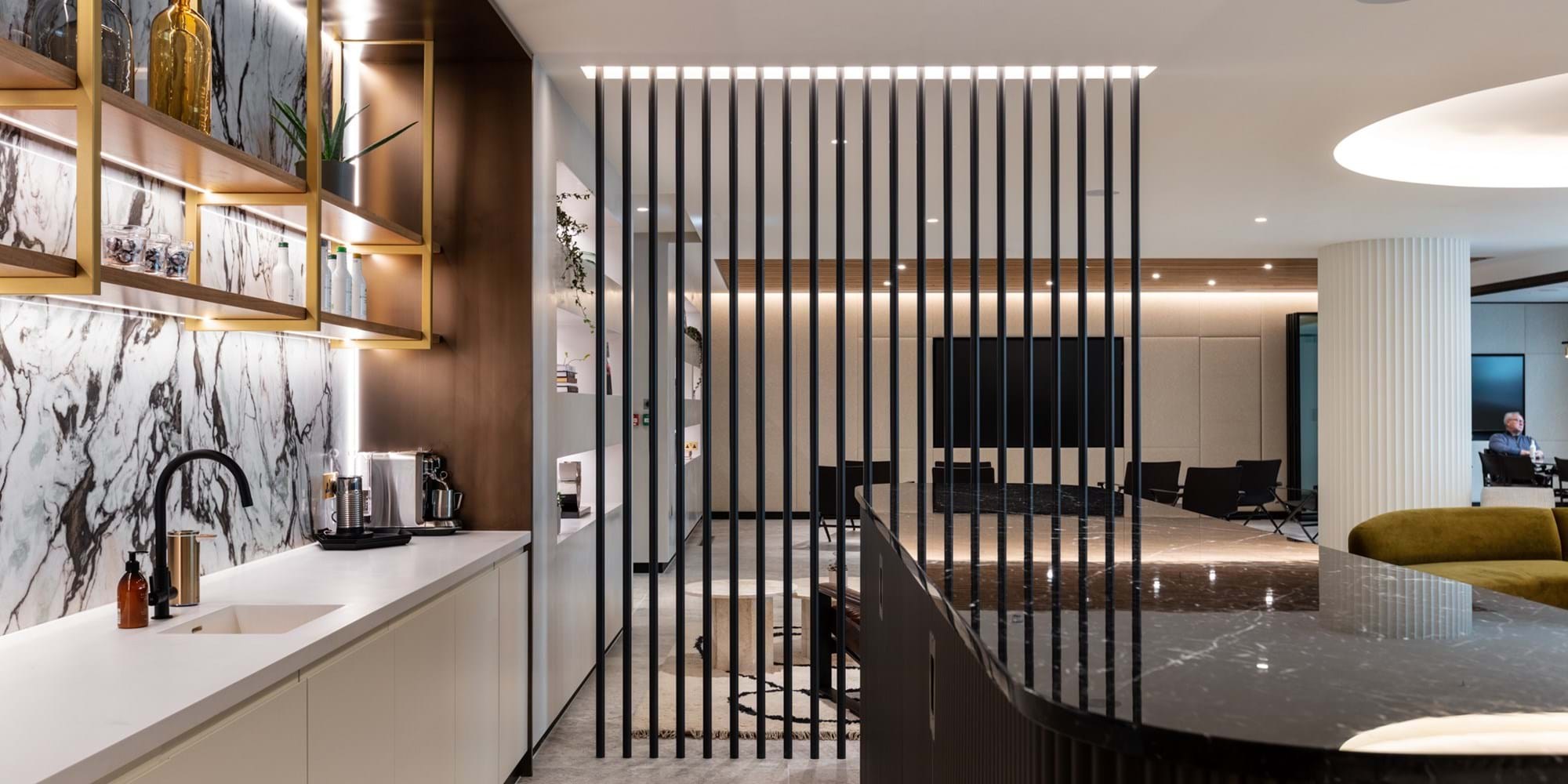Clerkenwell Design Week insights on the human-centric approach to ergonomics
Ergonomics is a broad discipline, especially within the workplace. Most commonly ergonomics can be associated with office furniture. However, there are many habits that we as individuals can adopt to further this notion of ergonomic success within the workplace. We caught up with Nichola Adams, founder of Inspired Ergonomics, at Clerkenwell Design Week, to uncover the top behaviours to adopt when it comes to taking care of your back at work
Adapt your workstation to suit your body
When we are sitting upright or moving around our backs are at their healthiest. When we slouch, pressure builds up on the disks in our spine creating tension and in the long term, a pain release. Sitting up straight not only prevents back pain, studies show that sitting upright also makes us think clearer, have more self-belief, and improves concentration levels due to increased oxygen levels to muscles, tissues and the brain.
Raise the laptop
Nicola noticed an increase in reported back pain when people began working from home. Why? When working from home on a laptop it is common for the computer to be placed at arm’s length from the body to read the screen comfortably. However, this means people are reaching forwards to type, and as a result, causing a shift in posture. People start to look down at their screen causing the neck to flex downwards, shoulders round forwards and the spine collapse to a c-shape, ultimately compressing blood supply to muscles creating tension.
What can you do to prevent this? It is recommended that raising the laptop to eye level and then using a separate keyboard and mouse is the most effective way to mitigate from the above symptoms.

Check the height
When thinking about your positioning at a desk it’s important to consider both sitting height and screen height. When sitting it’s important that your hands can float above the keyboard with wrists straight, allowing you to relax your shoulders. In terms of screen height, ensuring the screen is slightly above eye height will subconsciously remind you to sit up straight with your head relaxed.
Watch the wrists
According to Nicola a frequent issue for office workers is numbness in wrists and arms, to prevent this it’s advised to avoid resting wrists on the table or keyboard when typing. Brining your keyboard closer towards you will allow you to naturally sit up, keeping arms rested by your side with wrists hovering just above the keyboard.
Sit back
When working for long hours sat down it’s important to sit back, allowing your back to rest and be supported by the chair. Ensuring your chair supports the lower part of your back will help to promote an upright S shape for the spine, reducing the chance of back pain.
Find the right chair
Choosing the right chair can be complicated, especially with so many options! It’s wise to choose a chair that allows you to manipulate it to suit your body in different ways.
Keep moving
Through her research, Nicola has seen a correlation between those who exercise and those who experience less back pain. According to research the best time to exercise is 7-8am and 1-4pm to allow one’s body clock to maintain a natural timeframe. Avoiding prolonged uninterrupted sitting raises your heartrate and metabolism and can give you more energy and even reduce anxiety levels. So, trying to include more movement in your day is wise! Try walking around when you’re on the phone or give a sit-stand desk a go.

Nutrition
We know that eating well has numerous health benefits. However, did you know that eating unprocessed food with high vitamin content can help fight against back pain and staying hydrated is another key nutritional factor to consider in the fight against back pain at work.
Tune into your emotions
Often, the first thing people do when they are stressed is tense their muscles in preparation for a subconscious flight or fight response. People also tend to breathe more shallowly, further reducing the oxygen in their system. So, next time you are stressed, try to pause for a few seconds to breathe, and whilst you’re at it take the opportunity to scan your body for tension. Raising a mind-body connection can contribute to the relief of pain.
This article has been created from the book ‘Success secrets for wellbeing’ – a book which Nicola Adams cowrote. We hope these tips inspire you to take conscious steps to a healthier working day!
Click here to read: No place like home: Why domesticity counts in the workplace
